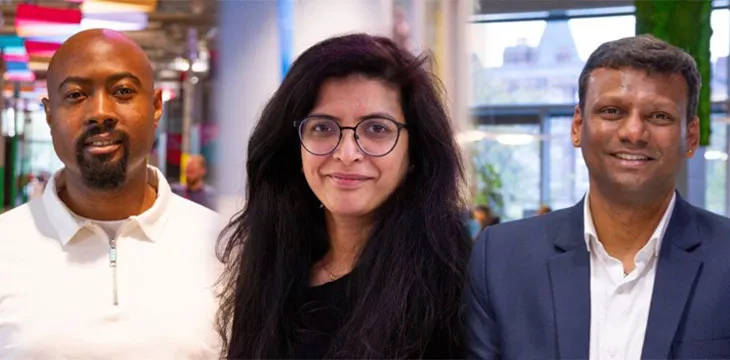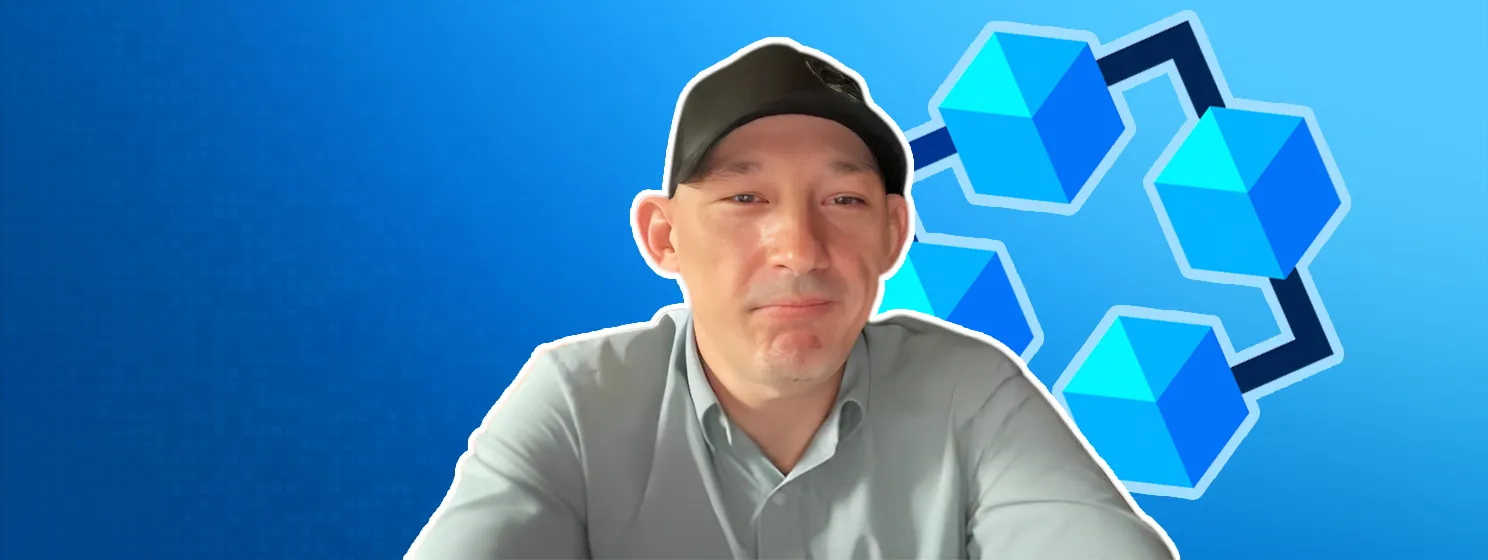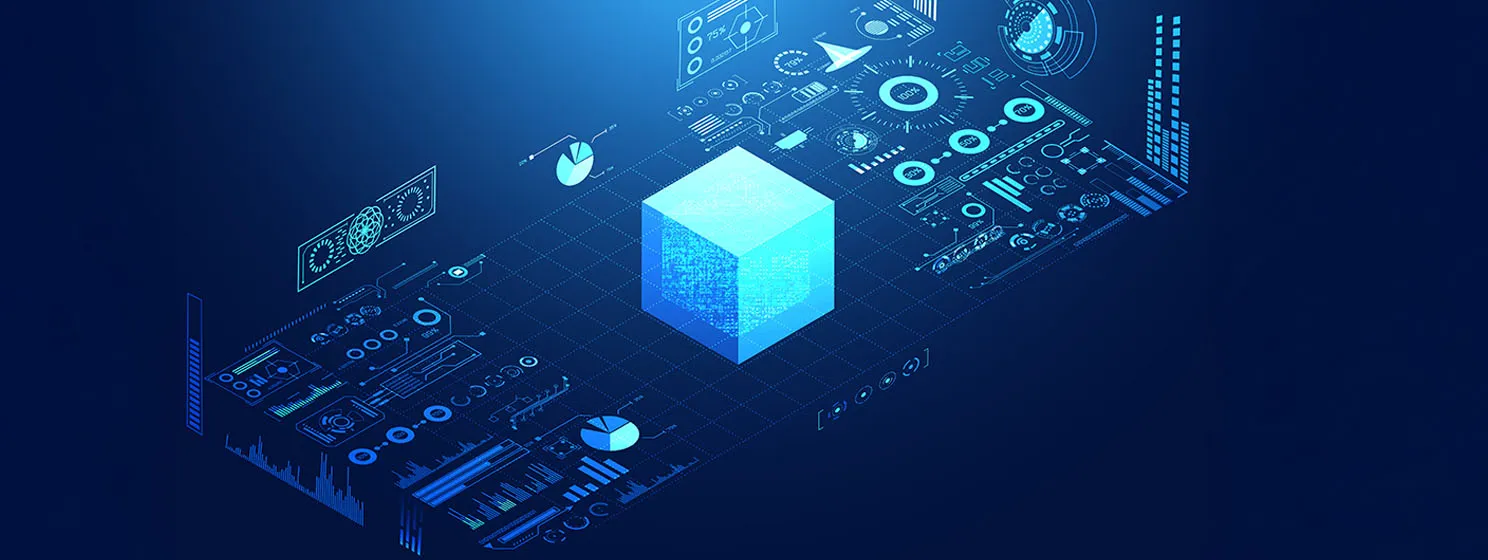|
Getting your Trinity Audio player ready...
|
On this week’s episode of CoinGeek Conversations, Charles Miller meets three entrepreneurs from the Bitcoin SV incubator Satoshi Block Dojo, each developing a new platform that could change the way we live and work.
Do you want to create an NFT but know nothing about blockchain? If so, listen up! With HQNFTs, you can create artwork on the blockchain without having to write a single line of code. As HQNFTs CEO Divya Prashanth says, “It’s a one-stop shop NFT ecosystem.”
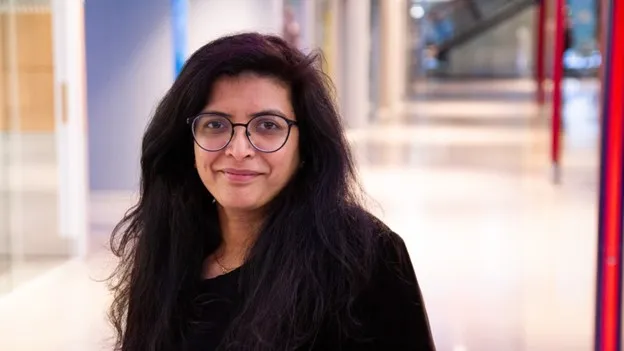
With the platform, Divya blends her passions for art and technology. While she believes that NFTs bring awareness of blockchain technology, she says most artists are still disenfranchised. “When I talk to my artist friends, it’s become very evident that the biggest blocker is blockchain itself… there’s only a few hundred thousand blockchain developers when compared to about 18 million web developers and the costs are way too high,” she explains.
Divya thinks that the art industry should follow companies around the world in adopting Web3 and blockchain technology: “If brands and companies do not take Web3 seriously they will probably be left behind.”
The idea is simple: “We are the Wix of NFTs—it doesn’t matter what the utility is, it could have no utility or it could have a utility, you can just come in onto our platform, create an NFT collection and spin it off onto your own contract.” HQNFTs currently uses various blockchains. As Divya states, “we love all blockchains.”
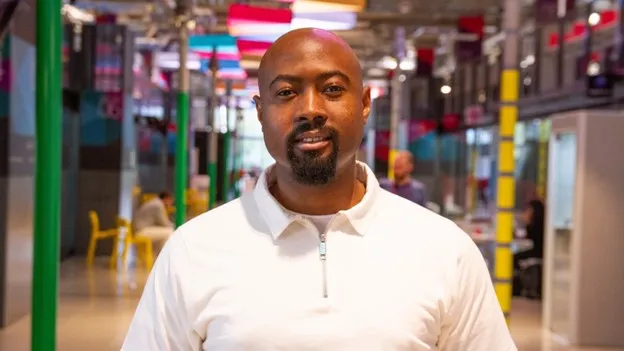
Bomi Mosuro’s heart was set on building music software since his teenage years. And he’s turned his dream into reality through his company The House of Sounds.
The House of Sounds is developing a number of platforms that can assist artists in the music industry. One such platform is Beatlab—a project management tool for an organized music-making process. It helps collaborators work seamlessly together while creating a song or a soundtrack. “It basically synchronizes people …the tool helps them get in sync,” Bomi says.
Beatlab allows its users to communicate, send messages and exchange files all in one platform. Some have likened the platform to Trello, a tool used for managing projects and tracking workflow and tasks. But unlike Trello, Beatlab will have other special features such as a social platform where users can discover other collaborators in the music industry.
A rapper by profession, Bomi shared his strategy in song writing. His use of sound mimicking is incorporated into another software he is developing called Fluid Flow. Bomi describes Fluid Flow as “a songwriting tool that is powered by artificial intelligence.” Aside from the mimicking, the software will offer other features that will help ease the pressure on songwriters.

Payments infrastructure platform Intrasettle is onboarding multiple CBDCs into a single ledger allowing cross-border payments and other kinds of financial exchange. “The idea here is very simple,” says its CEO Kumaraguru Ramanujam. “We want to have multiple central banks issue central bank money in this platform so that we could encourage instant settlements and cross-border payments on one platform.”
How does it work? As Kumaraguru explains, the money issued on Intrasettle is “basically a representation of the CBDC, so it’s a tokenised cash on our platform for them to get the benefits of having multiple CBDCs in one.” The platform can be likened to a foreign currency exchange for CBDCs except that it can also be used for securities settlements, bonds settlements and anything to do with cross-border cash.
Kumaraguru admits that there are several projects like Intrasettle undergoing pilot testing at the Bank for International Settlements (BIS). So what makes his platform unique? He plans to use Bitcoin SV technology on his CBDC platform while others currently use other blockchains.
Hear the whole of this week’s CoinGeek Conversations podcast or catch up with other recent episodes:
You can also watch the podcast video on YouTube.
Please subscribe to CoinGeek Conversations – this is part of the podcast’s ninth season. If you’re new to it, there are plenty of previous episodes to catch up with.
Here’s how to find them:
– Search for “CoinGeek Conversations” wherever you get your podcasts
– Subscribe on iTunes
– Listen on Spotify
– Visit the CoinGeek Conversations website
– Watch on the CoinGeek Conversations YouTube playlist

 07-05-2025
07-05-2025 
